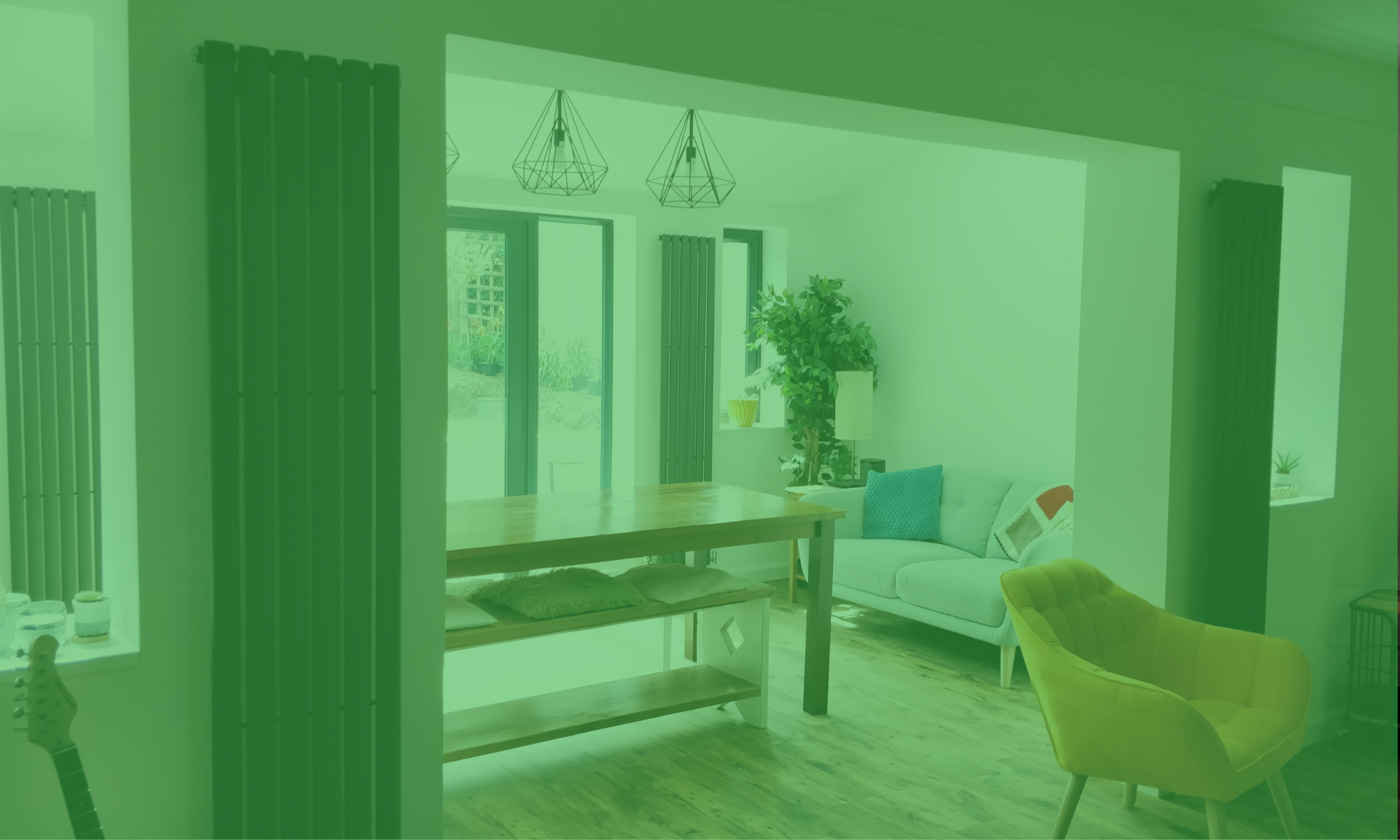Home comfort, is it all about the money?
Our house is a 1970s half-in-the-roof type house, the upstairs is mostly timber frame and flat roofs, downstairs the construction is cavity wall… I’d say there’s next to no insulation. The heat goes out almost as quickly as we put it in, on the flip side – in the summer – it’s baking upstairs. The temperature downstairs is more stable from the thermal mass of the block walls.
I say “let’s insulate!”, yet we haven’t to date. We’d never recoup the financial outlay. We’ve replaced the boiler a few years back to increase efficiency but the fact remains the house leaks heat. Now with energy bills on the rise, it’s a discussion we’re having again. Here are four reasons to insulate:
1. Keeping warm
The house will be warmer, primarily insulating is about comfort. Yet, the reality is it won’t actually be warmer (unless we choose to crank up the thermostat), we’ll just be using less energy to keep it the same level of warm. Maybe psychologically I will “feel warmer”?
2. Using less energy
We’ll be using less energy to keep it warm because the heat losses are reduced. We’re going to improve the performance of the walls, roof and floor (not the floor in our case) by insulating – we’ll have better U-values. Granted we’re looking at a very simplified model here which doesn’t really consider air tightness or thermal bridging. Junctions are not your friend – there’s a reason Passivhaus design is easier with a box.
3. Saving money
Heat loss is equal to heat load meaning the less energy that escapes out the less energy you need to put in. And less energy in results in lower energy bills. It’s always about the money, at some level.
4. Overheating is mitigated
Summer comfort will be improved, this is an often overlooked benefit of insulating, think of insulation as a warm puffer jacket in the winter and more of a un-iced cool box in the summer. It’s not making your house colder, it’s just stopping the contents from melting. Overheating is becoming more problematic in the UK to extent that Part O of the Building Regulations is coming out this summer with regulation that will cover this topic. If you live in a “lightweight” house (i.e. one where the there’s no masonry to slowly absorb and release the heat) you’ll find the temperature fluctuations can be quite dramatic. Insulation plays an important role in stabilising that.
Don’t get me wrong, our house is not a single glazed, solid walled Edwardian house – the heat loss situation could be a lot worse. But I can’t help but think, that if we can afford to, sooner or later we should get on and insulate.
